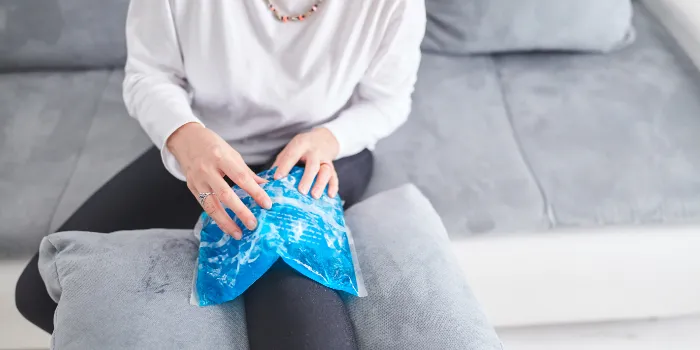People with bleeding disorders are no strangers to fighting the physical complications that come with their condition. One serious condition that members of the bleeding disorders community should know about is synovitis.
Learn about the condition’s causes, symptoms and treatment strategies.
What Is Synovitis?
Synovitis, or synovial fluid inflammation, refers to the inflammation of the synovial membrane, which is connective tissue that lines the inside of the body’s joint capsules and produces synovial fluid, thus protecting and lubricating the joints. Joint capsules surround joints such as the knee, ankle, wrist, elbow, hand, foot and shoulder. Once the synovial membrane is inflamed, it eventually destroys cartilage and bone in the joint.
Synovitis is often caused by repeated bleeding in the joints, which is the most common type of bleeding in people with hemophilia. Synovitis leads to even more joint bleeds, as the synovial membrane thickens and grows more blood vessels.
Symptoms of synovitis include joint pain, joint swelling, stiffness, redness and warmth. These symptoms often last a short period of time, and may be felt in different joints at different times.
Diagnosing Synovitis
Your doctors will look for the above symptoms, such as joint swelling, redness and warmth. The key to a correct diagnosis is finding exactly where the inflammation is occurring, which is done with an imaging test such as an MRI or ultrasound. If the inflammation is inside the joint itself, it’s synovitis.
How to Treat Synovitis
Treatment could include taking nonsteroidal anti-inflammatory medications, such as Advil or Motrin, which reduce pain and swelling. You may also be prescribed disease-modifying anti-rheumatic drugs, which work to suppress the body's overactive immune and inflammatory systems.
An injection of corticosteroids into the joint can also reduce the damage caused by synovitis. Physical therapy for synovitis usually includes the R.I.C.E. treatment on the inflamed joint: rest, ice, compression and elevation.
Surgery is also an option if the synovitis persists:
- An arthroscopic synovectomy involves removing the inflamed part of the synovial membrane, reducing further bleeding and joint destruction.
- A radionuclide synovectomy is performed by injecting a radioactive substance into the joint. The low-level radiation melts away the inflamed synovium.
How to Prevent Synovitis
The key is to properly treat your hemophilia. Regular factor treatment will help prevent more bleeding and give the synovial membrane a chance to return to normal.

